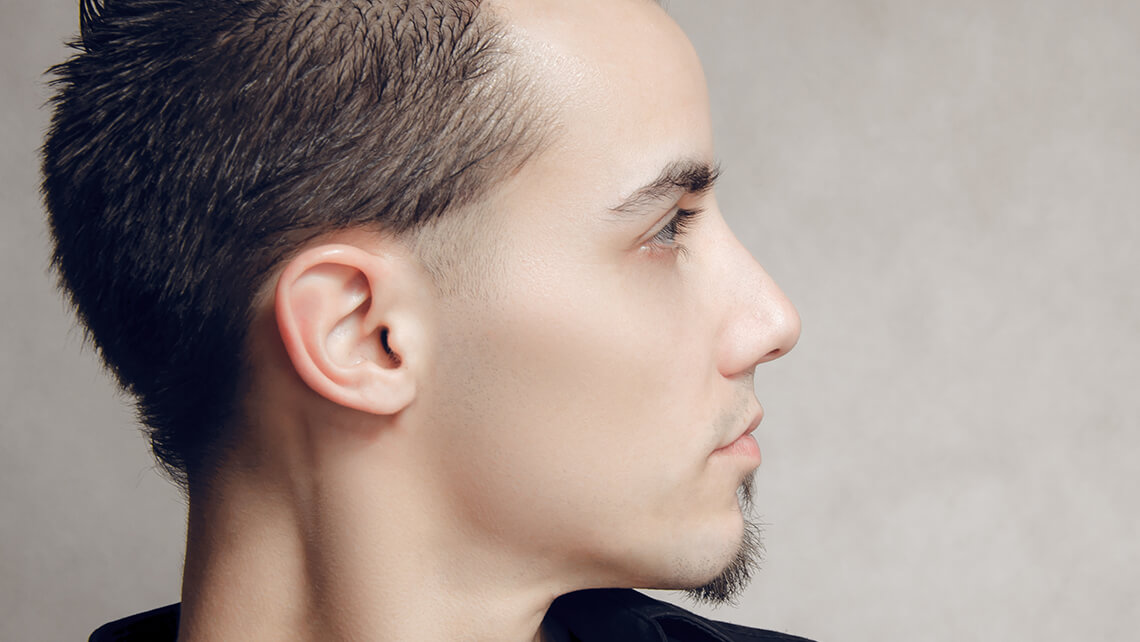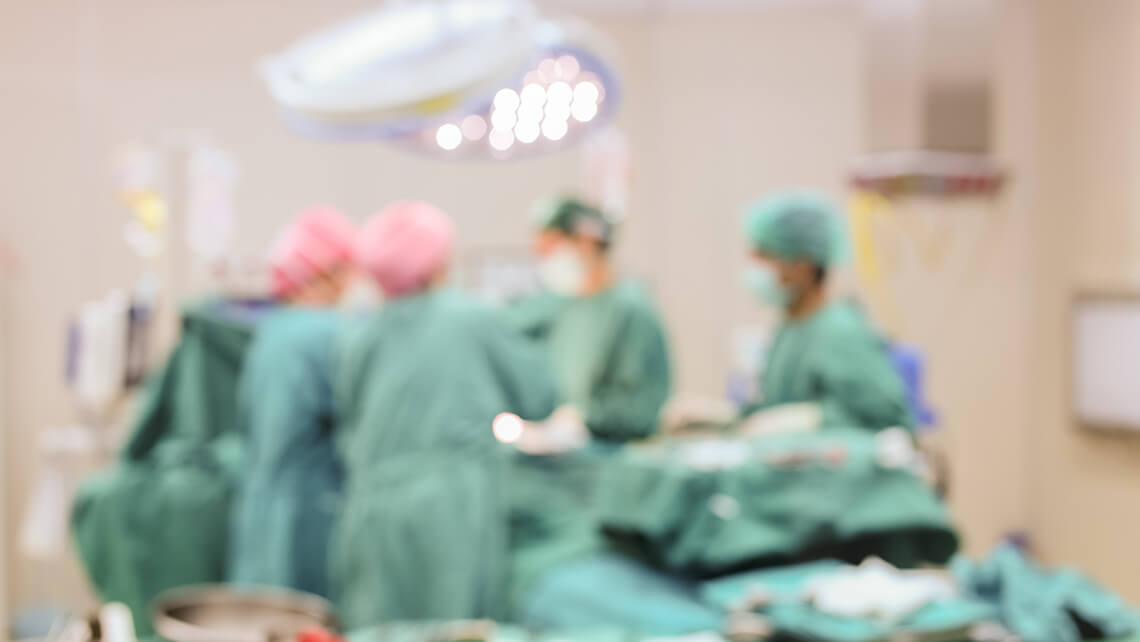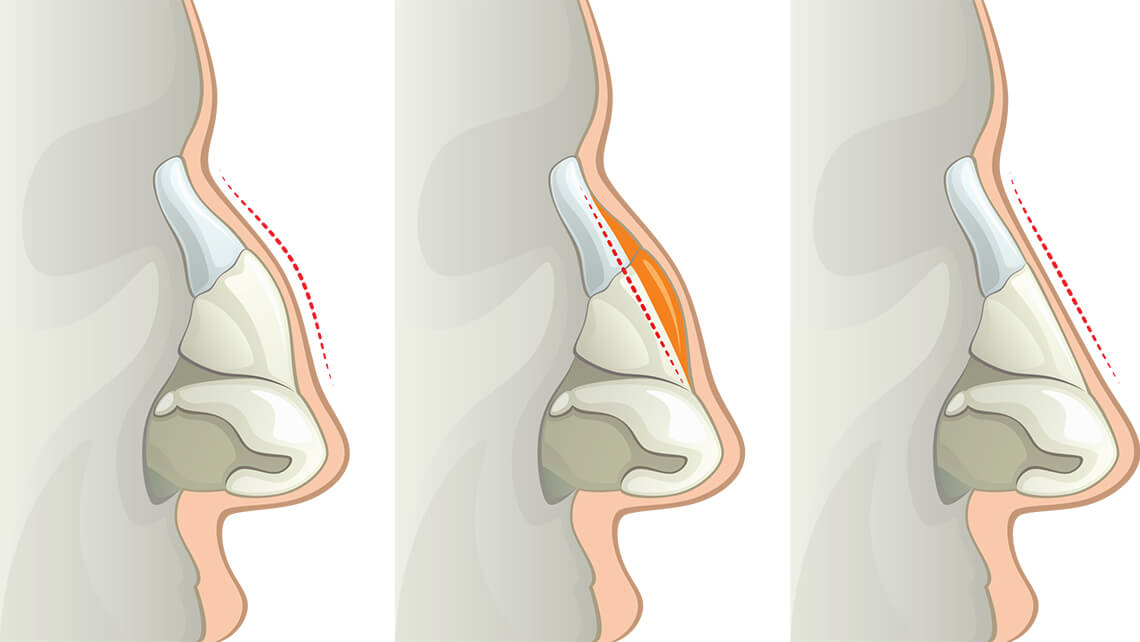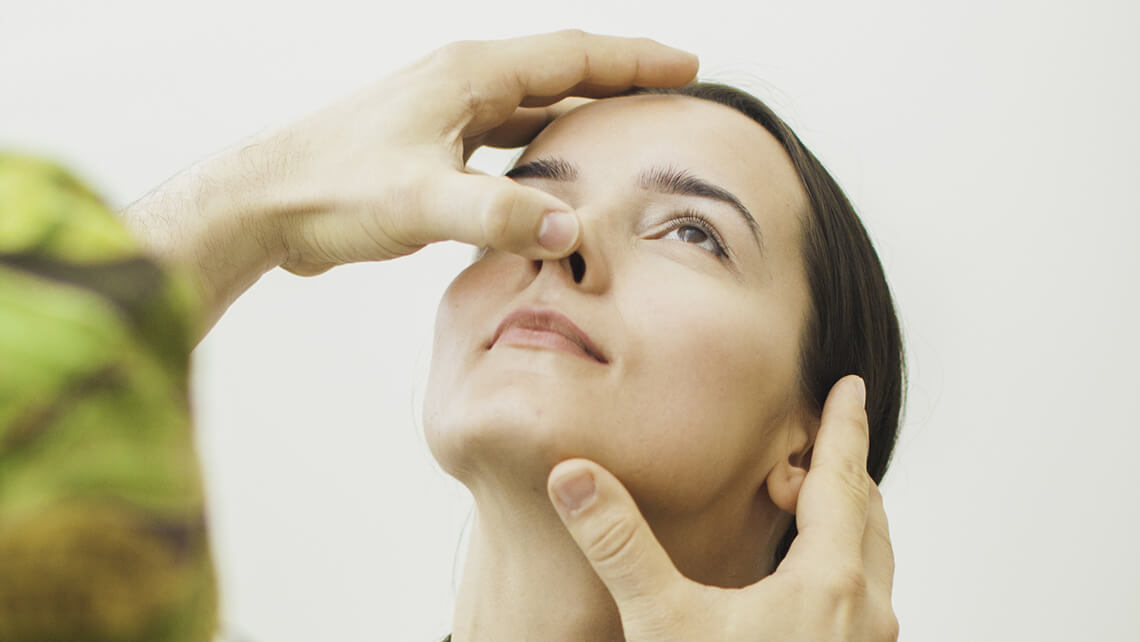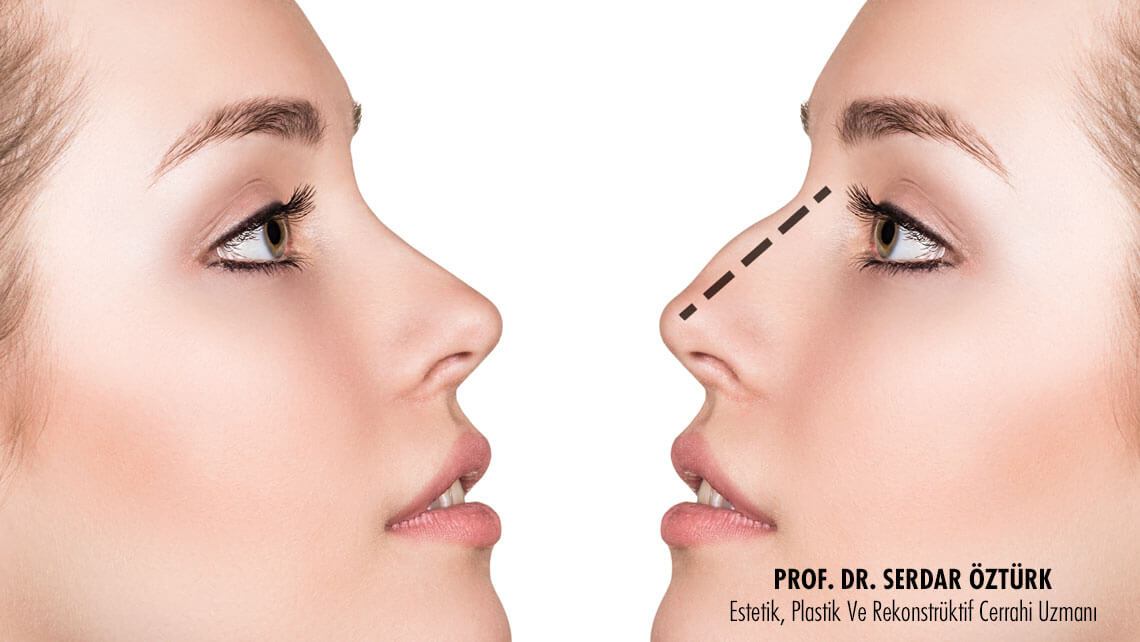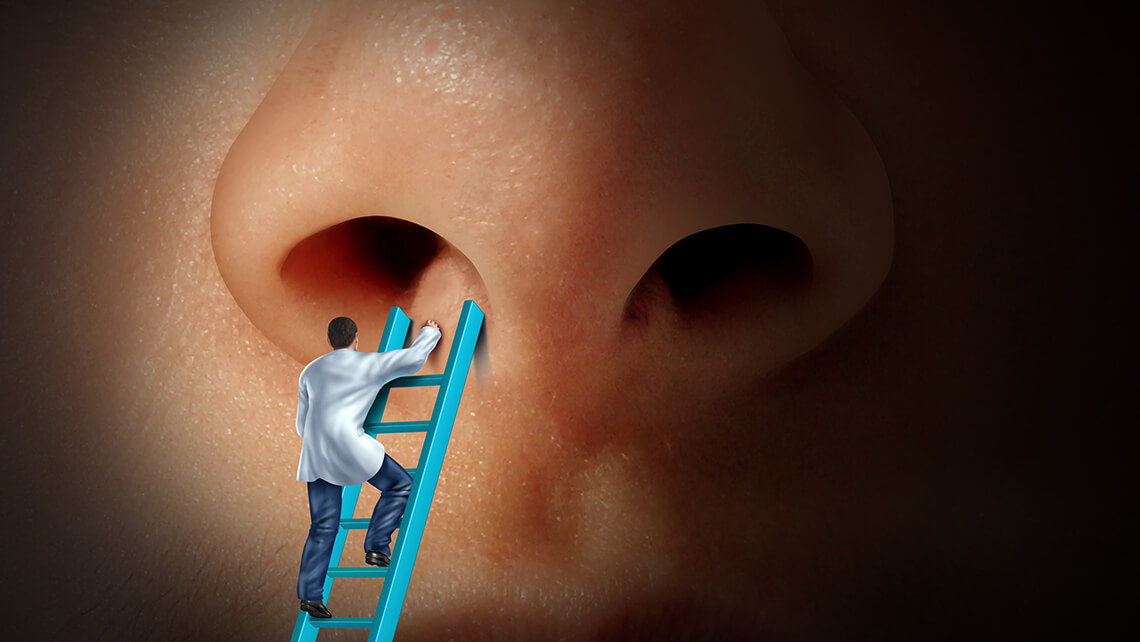Revision means the process of revising for the purpose of correcting.
You may have heard about people who have had second, third, or even more revision rhinoplasty operations. People wonder why those people have rhinoplasty operations repeatedly. We often think that these operations are arbitrary, but there are good reasons for most of them. The most important reason is that most of these people could not have the ideal nose after the first surgery. They had surgery to have a beautiful nose, but unfortunately, the new look of their noses makes them sigh for their previous look.… In such a case, you have two options: accepting this situation, although it is very difficult, or taking steps to get rid of the problem, in other words, having a revision (correction) surgery.
Now, let’s start over. Let's say you are the person I mentioned above.
At this point, I have a critical question for you? Is the defect on your nose is immediately noticed when you look at yourself in the mirror or when people look at you? Or are you unsatisfied with unimportant details even though everything is reasonable?
In fact, even a naturally beautiful nose is likely to have minor imperfections. If you're still obsessed with it, we can eliminate the defect with simple touch-ups. The critical question to ask at this point will be “Do you want a retouch?”. I recommend you to make this decision after discussing it in detail with your physician, because there is a rule in rhinoplasty operations: The more beautiful is the enemy of the beautiful!!!
I wrote this article by mostly targeting those in the first group. You continue to read, this means that you are in the first group. In other words, after the operation, you unfortunately have a nose that bothers you at first sight...
No matter how imperfect a nose that is not congenitally beautiful, it cannot be as disturbing as a nose damaged by a surgical operation. It is because a congenitally imperfect nose has a harmony even in its general disharmony. A nose that appeared after an unsuccessful surgical operation, on the other hand, never can be easy on the eyes because it lost its proportions and, as the phrase is, looks 'weird'.
I seem to hear you say “Doctor, does this have any scientific criteria? What do you mean by weird nose?”
Yes, of course there are many scientific criteria: For example, if the piece taken from the nasal bone is more than necessary, the distance between the two eyes looks longer when viewed from the front, and this make the face look chubby. If the piece of cartilage taken from the tip of the nose is more than necessary, the nose looks as if it has been tightened with a clothes peg, and this makes the person look grumpy and angry.
An ideal nose should look one-piece when viewed from the front. The bone and cartilage should be in harmony with each other. If the bone-cartilage integrity is impaired after an unsuccessful surgery, the nose can look as if it is in two parts when viewed from the front, and this this impairs the facial expression of the person.
The nostrils should be visible to certain extent when viewed from the front. If it looks excessive after the surgery; in other words, if the nose is lifted excessively, the condition called piggy nose occurs.
Besides these, an unsuccessful operation may result in serious asymmetries, nasal collapse, nasal tip ptosis, and a long or short-looking nose.
All the problems I listed above occur as a result of excessive bone or cartilage removal. If the surgeon is inexperienced, he/she may not be able to remove adequate amount of tissue due to these deterrent risks. In such a case, the targeted change in the nose cannot be achieved. For example, if the nose is big, the size may remain the same despite the surgery.
Another important point to remember is that the nose is, above all, a respiratory organ. If your nose begins to get clogged after rhinoplasty, you can ask yourself “Why did such a problem occur?”
There are two main causes for this. The first: Your problems causing difficulty in nasal breathing, which were already present before the surgery, have not been fully resolved. The second: Although there was no problem before the surgery, the airways were damaged during the reshaping of the nose, and consequently, nasal congestion occurred.
It is normal to have nasal congestion for a few months after a successful rhinoplasty operation. This condition is caused by nasal swelling and scabs. What I mean is nasal congestion that persists even after 6 months after the operation. If you still have a nasal congestion, if the sense of smell is an abnormal, if the nose is still dry, and if bleeding and crusting continue even after 4-5 months from the surgery, the condition should be considered as a problem.
If stock stock market collapses do not keep you away from the stock market, if the Titanic accident does not prevent you from setting off on a voyage by ship, or if earthquakes do not deter you from living in apartments, the unsuccessful rhinoplasty operation you have experienced should not lead you into a dead end by keeping you away from such operations. You should never let pessimism caused by a bad past experience prevent you from doing the right thing.
Maybe you have had one or more unsuccessful rhinoplasty operations. Even if your nose today is both aesthetically and functionally bad, never forget that you can change this condition and get rid of your problems completely.
The answer to the question of “How long after the first surgery should the revision surgery be done” is “6 months at the earliest”… Waiting 10-12 months would be ideal if you can be patient, because the remodeling process of the nose can be completed after this period of time at the earliest. Attempting to perform a revision surgery before the completion of the remodeling process may worsen your existing problem.
It is the unchangeable rule of success in rhinoplasty that the physician clearly diagnoses the problems in the nose with a good analysis. This is even more important in revision surgeries. Problems in the nose should be thought over and over. The saying “Identifying the problem is half the solution” applies in all cases… Care after a revision surgery is exactly the same as the care after the first surgery. The procedures in such surgical operations are painless, and they involve nothing different.


